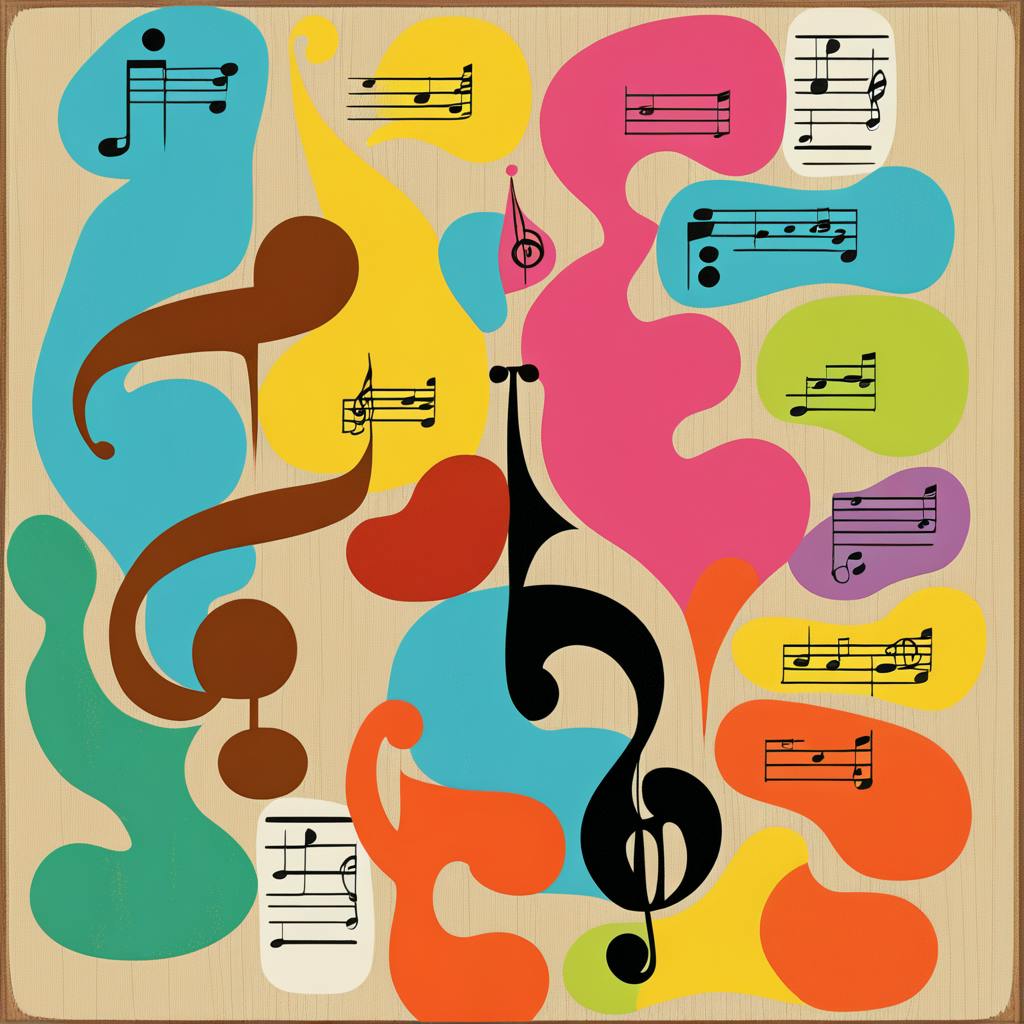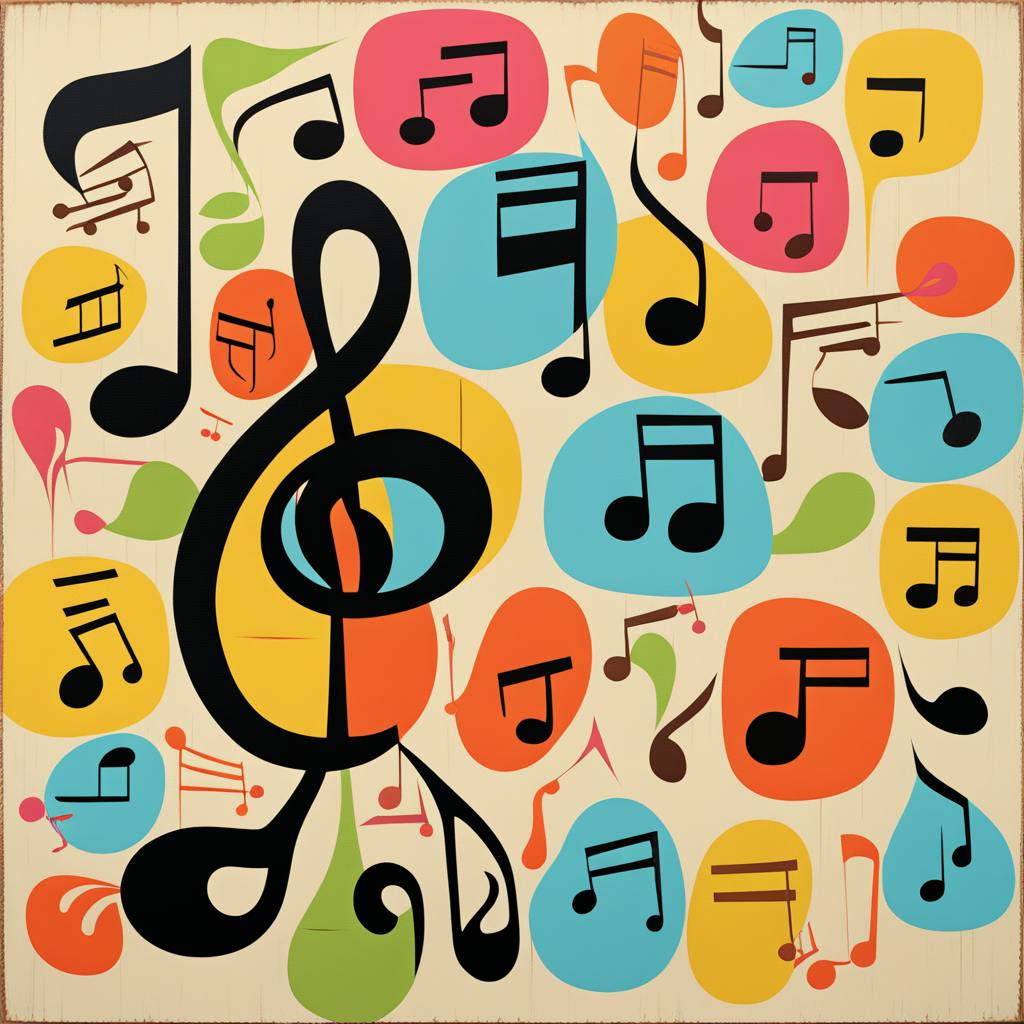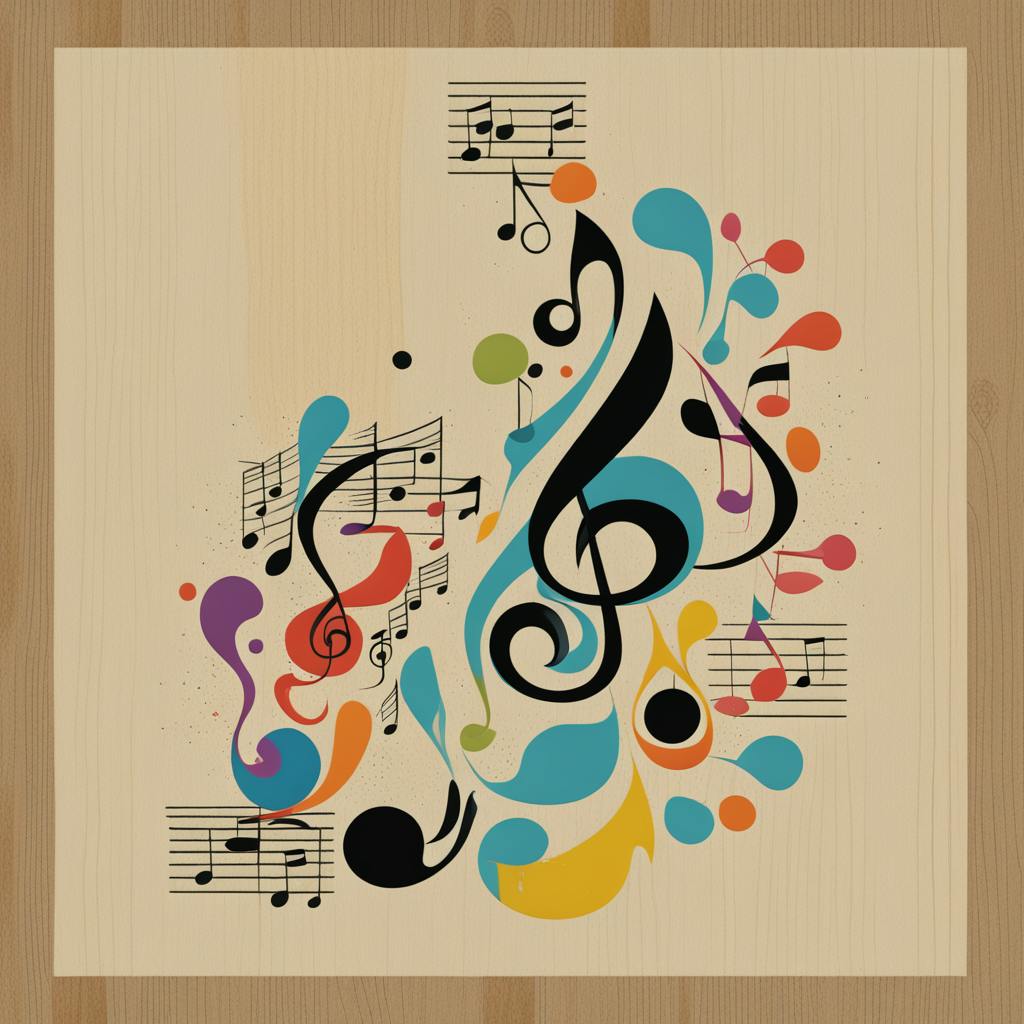In a world where words often fail to convey the full depth of human experience, music emerges as a universal language, bridging cultural divides and connecting generations. Central to this rich tapestry is music iconography, a vibrant field of study that explores the visual representations of music throughout history. Through the lens of paintings, sculptures, manuscripts, and more, music iconography reveals societal values, religious beliefs, and artistic expressions across various epochs and cultures.
Music Iconography: Mapping Humanity's Musical Journey
Exploring the Ancient World
Music iconography has roots that extend deep into antiquity. Ancient Egyptians immortalized musicians and dancers on temple walls, believing music to be a divine gift meant to bridge the human and celestial realms. Similarly, Greek pottery and Roman frescoes feature musicians and instruments, demonstrating the essential role of music in ceremonies and daily life. These visual artifacts provide today's historians with invaluable insights into the musical instruments, styles, and practices of ancient civilizations.
Medieval Mysticism and Symbolism
As the Middle Ages unfolded, music iconography took on a mystical dimension, particularly in the context of religious art. Illustrated manuscripts, stained-glass windows, and altarpieces frequently depicted angels playing various instruments, symbolizing the harmony of heavenly music. Musicologists note that these depictions reflect the era's theological views and underscore the belief in music as a form of prayer and divine connection.
The Renaissance: Music in Humanism
The Renaissance brought a renewed interest in the classical world and human experience, and music iconography flourished in this era of humanism. This period witnessed a proliferation of paintings showcasing musicians in courtly settings, with a keen emphasis on realism and detail. Instruments such as the lute and harpsichord became common themes, representing the era's musical innovations and the cultural exchange between Europe and the East.
Baroque Splendor and the Rococo Exuberance
In the Baroque and Rococo periods, music iconography vividly embodied the grandeur and ornamentation of the times. Dramatic still-life paintings and opulent frescoes depicted elaborate musical gatherings, often set in lush gardens or luxurious salons. Iconography from this era illustrates the flourishing patronage of the arts and the emergence of music as an integral aspect of both public spectacle and private indulgence.

AI made with Stephanie Jagiello
Modernity and Abstract Expression
With the advent of the 20th century, music iconography evolved to mirror the dynamic changes in society and music itself. From the art deco designs symbolizing the Jazz Age to the abstract forms reflecting the modernist and avant-garde movements, this era's iconography captured the experimentation and diversity of musical expression. Contemporary music iconographers continue to explore these themes, utilizing digital media to cross traditional boundaries and reach global audiences.
Frequently Asked Questions: Decoding Music Iconography
What role does iconography play in understanding music history?
Music iconography serves as a visual documentation of musical practices, instruments, and cultural contexts throughout history. It provides critical insights into the role and perception of music in different societies, enriching our understanding of historical narratives and the evolution of musical expression.
How does music iconography differ across cultures?
While the representation of music may differ in style and symbolism across cultures, music iconography universally highlights music's pivotal role in rituals, celebrations, and daily life. From the intricate carvings of Indian temples to the vibrant murals of Latin America, each culture adds its unique fingerprint to the global mosaic of musical imagery.
How is contemporary music iconography being shaped?
In today's digital age, contemporary music iconography encompasses apps, video displays, and graphic design, reflecting the innovative ways music continues to inspire visual art. This evolving landscape highlights the intersection of technology and art, expanding the reach and impact of music iconography to diverse audiences worldwide.
FAQ: Understanding Music Iconography
What is music iconography and how has it evolved across cultures and ages?
Music iconography is the study and interpretation of visual representations that depict music, musicians, and musical instruments. This field of study encompasses a variety of art forms, including paintings, sculptures, drawings, photographs, and even films that visually convey aspects of music. Music iconography has evolved differently across cultures and ages, acting as a mirror to the values, priorities, and technological advancements of societies.
- Antiquity: In ancient Greece and Rome, music iconography was often found in frescoes and mosaics that depicted mythological scenes involving the lyre or aulos. Similarly, in ancient Egypt, musical themes appeared in tomb paintings that showcased the importance of music in religious and ceremonial settings.
- Middle Ages: Throughout the medieval period, music iconography was synonymous with religious imagery. Manuscripts, stained glass, and carvings often depicted angels playing musical instruments, emphasizing the celestial and spiritual connotations of music.
- Renaissance and Baroque: Renewed interest in the human experience and emotion saw music iconography reflecting more earthly themes. Musical scenes appeared in both religious and secular contexts, with detailed depictions of contemporary instruments showing a deeper fascination with realistic portrayal.
- 18th and 19th Centuries: The advent of Romanticism brought forth an explosion of personal and emotional expression in music iconography. Art from this period often reflected the passion of the individual musician, capturing an essence of national identity and romantic heroism.
- 20th and 21st Centuries: Modern and contemporary visual art continued to elevate music's significance. With the global influence of music genres like jazz, rock, and hip-hop, artwork now often features musicians and concerts as central subjects, reflecting the cultural mingling of styles and the power of music in popular culture.

AI made with Stephanie Jagiello
How does music iconography serve as a timeless language?
Music iconography serves as a timeless language by using universal symbols and imagery to convey musical concepts and sentiments across different cultures and periods in history. Visual depictions of music bridge the gap between time and language, expressing emotions, cultural values, and societal norms without the need for words. This allows for a shared understanding that's not bound by literacy or linguistic barriers.
The repetition of certain themes, such as musicians in performance, instruments, and musical symbols like notes, creates a visual vocabulary that can be instantly recognized and interpreted. By resonating deeply with human experiences, music iconography transcends its immediate cultural context and facilitates cross-cultural appreciation and understanding.
How does music iconography influence the understanding of different cultures and historical periods?
Music iconography offers a wealth of information about the sociocultural environments from which it arises, thus enriching our understanding of different cultures and historical periods. Through these visual records, historians and musicologists can glean insights into:
- Cultural Values and Beliefs: Iconography often highlights the role music plays in religious, ceremonial, and everyday life, reflecting its importance in shaping cultural identity and values.
- Technological Progress: Changes in depicted instruments and performance settings mirror advancements in musical technology and the evolution of musical practices.
- Social Hierarchies and Interactions: The portrayal of musicians, patrons, and audiences offers a glimpse into social status, class distinctions, and gender roles.
- Aesthetic Preferences: Various art styles used to convey musical themes reflect the broader aesthetic developments within a particular historical period.
Could you explain the journey of music iconography across different cultures and ages?
The journey of music iconography across different cultures and ages is a fascinating narrative of transformation and continuity:
- Ancient and Indigenous Cultures: In many indigenous cultures, music was inextricably linked to rituals, and its iconography often depicted myths, spiritual connections, and societal hierarchies. For instance, the ceremonial music in Native American, African, and Australian Aboriginal cultures finds representation in ceremonial masks, totems, and rock art.
- Classical Antiquity: Greek and Roman art often intertwined music with mythology, symbolizing divine inspiration. These depictions influenced later Western art significantly, carried forward through classical education and Renaissance revival.
- Eastern Traditions: In cultures like India, China, and Japan, music iconography emphasized the harmony between music and cosmic balance or nature. Instruments like the sitar or guqin were often depicted in a philosophical or meditative context, reflecting the spiritual ethos toward music.
- Islamic Golden Age: Islamic art utilized intricate geometric patterns around musical motifs. Music iconography during this period was more abstract, avoiding representational imagery due to religious constraints, yet richly adorned manuscripts captured Persianate musical culture.
- Modern Era: As cultural exchanges increased globally, music iconography became more eclectic, incorporating styles from various cultures. The global proliferation of certain genres like jazz or rock and the iconography associated with them (think album covers, band logos) underscore the transnational journey of music as a unifying force.
In essence, studying music iconography allows for a deeper appreciation of how music and visual art intersect to reflect and influence human culture across time and space. Through these visual narratives, we continue to explore our past and present connections to music in ever-expanding ways.
Conclusion: The Ever-Present Melody of Music Iconography
Music iconography is an enduring and dynamic field that documents humanity's age-old relationship with music. From the ancient rituals captured on temple walls to the digital landscapes of today, music iconography remains a powerful language that transcends words.
By exploring these visual narratives, we gain a deeper appreciation of music's extraordinary ability to embody human experiences, emotions, and aspirations across time and space. As we continue to journey through cultures and ages, music iconography stands as a testament to the timeless connection between art and sound, and its enduring influence on our heritage and identity.

